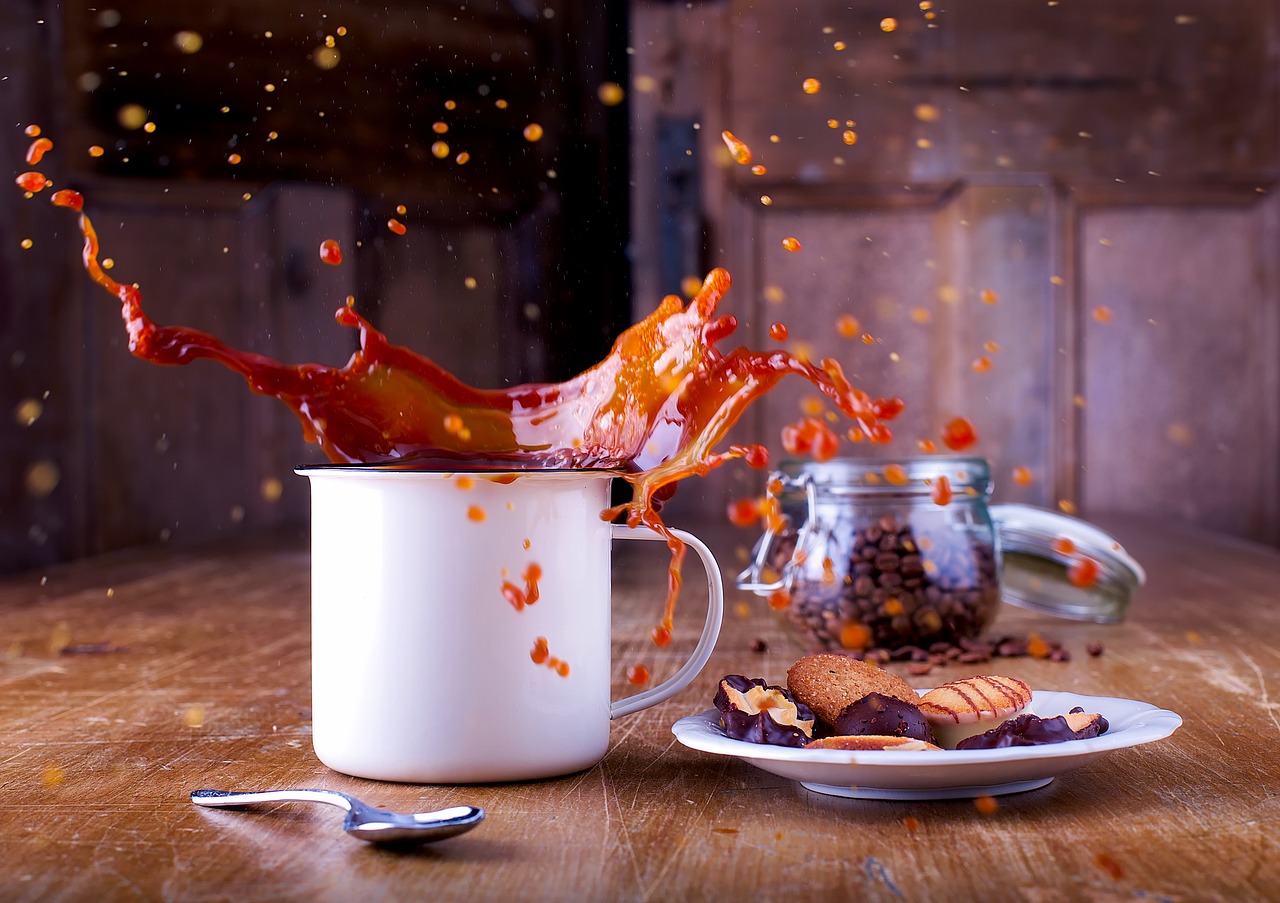Both chocolate and coffee provide unique culinary experiences and is no coincidence that both products are so popular because they have a lot of common features.
The main raw material for chocolate and coffee both grow in the tropics. Organic-rich soil, high rainfall and smooth and balanced, at least 17-20 ° C temperature is essential to their development. However, while coffee-growing is dominant in Central and South America, cocoa is cultivated in the African continent: Cote d’Ivoire, Ghana, and Nigeria.
Both the flavors of their seeds is characterized mainly by the bitterness and just as we distinguish the softer Arabica and the more bitter Robusta varieties, we may find three different cocoa bean varieties. The fruity and tart Forastero gives the 90% of cocoa production, while the savory Criollo and the piquant and a little bit tart Trinitario represents 5-5 percent of the world market.
After harvesting, the processing of both seeds is long, the parallel is observable both in fermenting and drying and ultimately the flavors will unfold with the roasting. These two phases can enhance their flavor, which determines the final essential character and quality. The consumption of both coffee and chocolate stimulates the human body, due to caffeine, or in the case of the latter to the alkaloid theobromine.
The stimulant effect of theobromine is less intense but more prolonged. While the caffeine content of a dose of espresso coffee can be between 60-90 mg, 30 g of dark chocolate contains around half of this amount of stimulus material.
We may distinguish milk, white and dark chocolate among the finished products. The dark chocolate contains only cocoa butter and cocoa mass and sugar, while milk chocolate contains milk powder too. The white chocolate may hardly be called chocolate because it does not contain cocoa mass; hence the color.
When we pair coffee and chocolate, it is important to investigate their unique and natural flavors. Therefore we should consume coffee in the form of espresso at an ideal pairing and tasting, while chocolate should be chosen from 65-85 percent dark chocolates.
The essential of the combined consumption of goodies is to discover new flavor combinations and complexities in them. One method for tasting is when we pair opposites and together we create something new and special. The other approach is when we look for similar characters and combine them, thus intensifying the known flavor profiles.
This is how we should do the tasting: first let’s take a piece of chocolate, crunch it and let it melt. Then, sip your coffee. Then you just have to enjoy the release of flavors.

